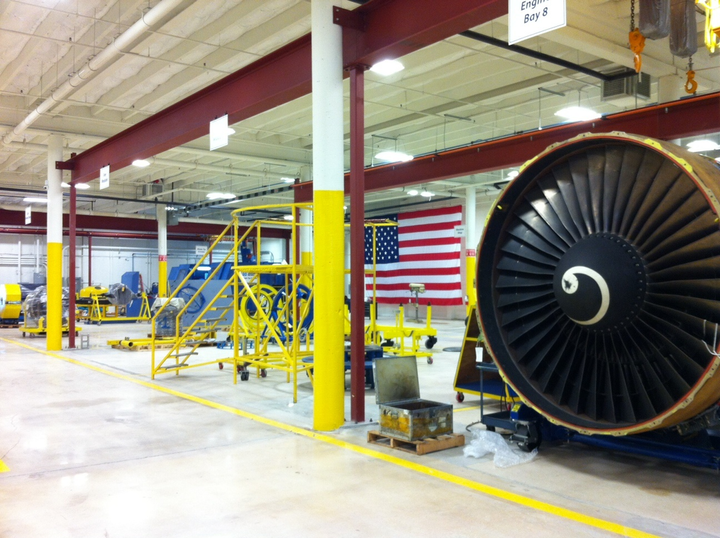
With new vaccines providing both hope and clarity for aviation, a number of aftermarket M&A deals closed toward the end of 2020, according to Jonathan Berger, managing director of Alton Aviation Consultancy.
Among them was the sale of an engine MRO by one private equity firm to another.
Platte River Equity sold its CTS Engines property to J.F. Lehman & Co. J.F. Lehman is a mid-market private equity firm focused exclusively on aerospace, defense, maritime, government and environmental sectors.
CTS does MRO and testing of early stage commercial engines, specializing in overhaul of CF6‑80s, CF6-50s and PW2000s that power mostly older jets like Airbus A300s, A310s and A330s and Boeing 747s, 757s and 767s, MD-11s and a variety of military aircraft.
CTS’s core services include end-to-end engine overhauls, component repairs and return-to-service testing primarily for air cargo and military markets, nice businesses to be in now and in the future when dealing with older aircraft and engines.
CTS’s present management team will be left in place. CTS CEO Vesa Paukkeri believes Lehman capital and its connections will help his MRO expand its market reach.
Alton’s Berger expects much more M&A to come in 2021. “The combination of extremely low interest rates and cost of capital, combined with continued aftermarket distress, should equal significant M&A activity,” Berger predicts. “Money is cheap to borrow, and there is no good place to put money now.”
Still, more clarity on airline fleet plans would help estimate the value of acquisitions and thus accelerate their closure. That has not happened yet. “The crystal ball is still a bit too opaque,” Berger observes. He expects much better visibility into fleet plans by the third or fourth quarter of 2021. Clarity on narrowbodies will precede a similar improvement on widebodies. Berger expects domestic travel to lead international travel, friends and family travel to lead pure leisure travel, followed by business travel.
But recent movements have been favorable. “Vaccine announcements are definitely a positive, and the markets have been starved for anything positive,” Berger says. When performing due-diligence financial analysis for acquisition deals, buyers typically estimate three scenarios.
First, a base case, or likeliest scenario. Second, an upside scenario, of faster recovery and growth. Third, a downside scenario for slower recovery and growth. “The vaccine has improved the base case and mitigated the risk of a downside scenario,” Berger says.
Berger says some major MROs have the financial strength to buy aftermarket properties, while some do not, but he prefers not to name the stronger ones. And private equity is definitely interested in MRO, including all of its segments--line, airframe, components and engines.
Acquisition prices will not soar to the heady multiples of earnings seen before the virus crisis, predicts Berger. These multiples were in “the low double digits, 10 to 14-ish, a seller’s market,” Berger summarizes. But the Alton consultant does not foresee fire-sale pricing either.
“Typically, they are now going for eight to 12 times earnings.”
Of course, buyers must still estimate normal earnings after what has been a very abnormal and poor year for most MROs. Berger says different buyers have different methods for estimating likely annual earnings, some forecasting the next five years, others using trailing three-year averages. “Each company has its own formula.”
Furthermore, a big question affecting M&A activity, deal pricing, future performance of the aftermarket and airline economics is what OEMs plan to do. Will they resume their pre-crisis drive for aftermarket share and return on digital investments like Airbus’s Skywise, or, chastened and weakened by the financial costs of 2021, will OEMs reemphasize their core manufacturing businesses for a while?
